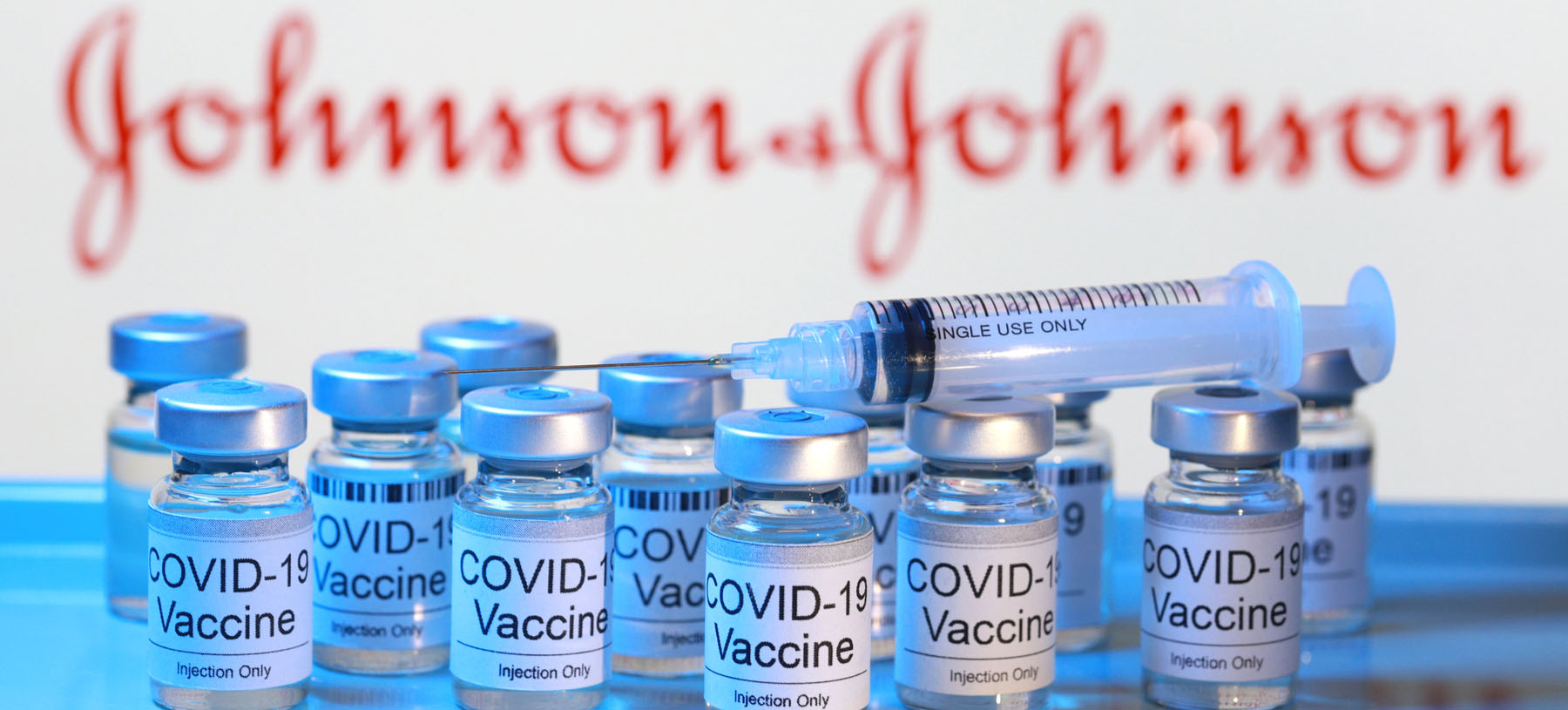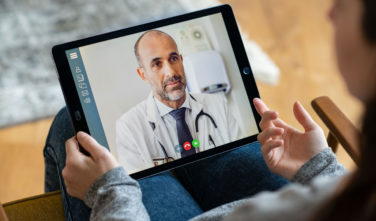On April 13th, the CDC and FDA recommended a pause in the administration of the Johnson & Johnson COVID-19 vaccine “out of an abundance of caution” as they review data involving six reported U.S. cases of a rare and severe type of blood clot in individuals after receiving the J&J vaccine, the agencies said in a joint statement.
So far, more than 6.8 million doses of the J&J vaccine have been administered in the U.S. All six cases of this rare blood clot called cerebral venous sinus thrombosis (CVST) have occurred among women between the ages of 18 and 48, with symptoms seen six to 13 days after vaccination. One reason for this cautious approach is that treatment of this specific type of blood clot is different from the treatment that might typically be administered, so the agencies want to ensure HCPs are prepared for these potential adverse events—even though they are extremely rare—and know how to proceed if someone is exhibiting symptoms. While an anticoagulant drug called heparin is typically used to treat blood clots, in this case heparin may be dangerous, and alternative treatments need to be given.
The CDC and FDA plan to investigate these cases in order to determine their significance and the best plan to proceed moving forward.
PM360 spoke with Fred Hassan, Chairman of Caret Group, Director with the private equity firm Warburg Pincus, and an Amgen board member, about how this news could impact J&J and the overall vaccination process.
PM360: How do you think this will impact the J&J vaccine?
Fred Hassan: It is hard to tell what will happen to the J&J vaccine. All the science surrounding it to date, has not surfaced yet. The two mRNA vaccines do not appear to have the same level of observations as the FDA may have seen with the adenovirus vaccines, such as J&J’s vaccine. Because the overall supply of COVID vaccines has opened up considerably, we can still hope to get to “herd immunity” within the next three months.
Do you think this will affect the pace at which overall vaccines continue to be administered?
Unfortunately, whenever there is debate around the safety of vaccines it can feed some “vaccine hesitancy” into those who are already concerned about being vaccinated. This, in turn can reduce the uptake of vaccines by that portion of the population that are less “vaccine confident.” My hope is that the FDA will turn the debate in favor of “vaccine confidence” from “vaccine hesitancy.” We, as a society, need to get our lives back and our economy back.
What impact do you think this could have on vaccine hesitancy overall, even for the other vaccines approved?
The impact of this debate on “vaccine hesitancy” overall, is hard to tell. Sometimes a robust airing of the issues can improve people’s confidence in the regulatory authorities and therefore help move people into the “vaccine confident” stage. An analogue could be the hearings on the issues around people’s fears about genetically modified organisms (GMOs). The FDA, through this advisory committee process, actually improved people’s confidence in GMOs and, to date nobody has even caught a cold from a GMO.
How can the industry alleviate the concerns that people have about getting any of the vaccines?
The industry can help alleviate concerns regarding vaccines by remaining very united around the concept of people “leaning into” getting vaccinated. Brand comparisons and negative selling among the vaccine makers should be avoided as the entire pie needs to grow, for the sake of society. Also data sharing on a pre-competitive basis will greatly help with post-marketing knowledge and with future innovations When it comes to the return on investment or benefit to risk, vaccines are usually at the top decile of the list of health interactions.
Even if the FDA quickly resumes the J&J vaccine, what should the message be for people still hesitant about this one in particular due to this issue of blood clotting?
Regarding the possible messaging, it is best that is comes from the FDA/CDC. They are the authorities who are watching the evolution of post-marketing and pre-marketing data from all the three vaccines in the U.S. and additional data from the AstraZeneca vaccine in Europe. This possible messaging from the FDA/CDC should be that “we have looked at the data around the J&J vaccine and the other vaccines and have seen some events around the J&J vaccine. The observations will continue to be monitored very carefully as we go forward. Also given the very small number of events, it may be very difficult to separate these from the events in the population at large. In the meantime, people should consider getting vaccinated as the known benefits vastly outnumber the possible risks.”
Anything else you would like to add about this issue or the vaccine development process so far?
The important thing to mention here is that the 100-year plague we call COVID, has met 21st century bioscience. It is unprecedented for a vaccine to get developed in less than a year when the previous record was four years, held by Merck, for fast-developing their mumps vaccine during the 1960s. This speed of development just demonstrates how well bioscience has progressed in recent years, how fast information travels among scientists, and how modern tools are allowing us to assemble science at an unprecedented speed. The 21st century is the bioscience century for mankind!








